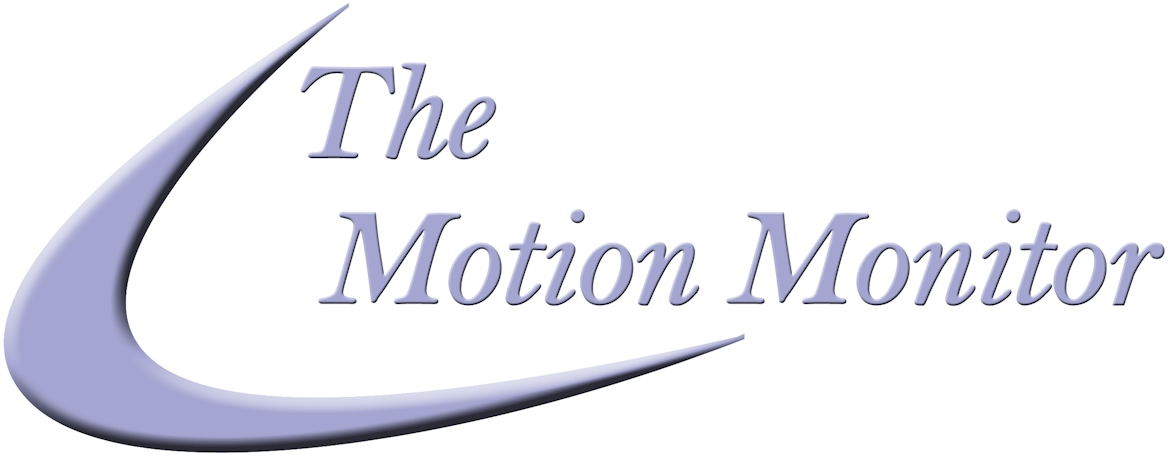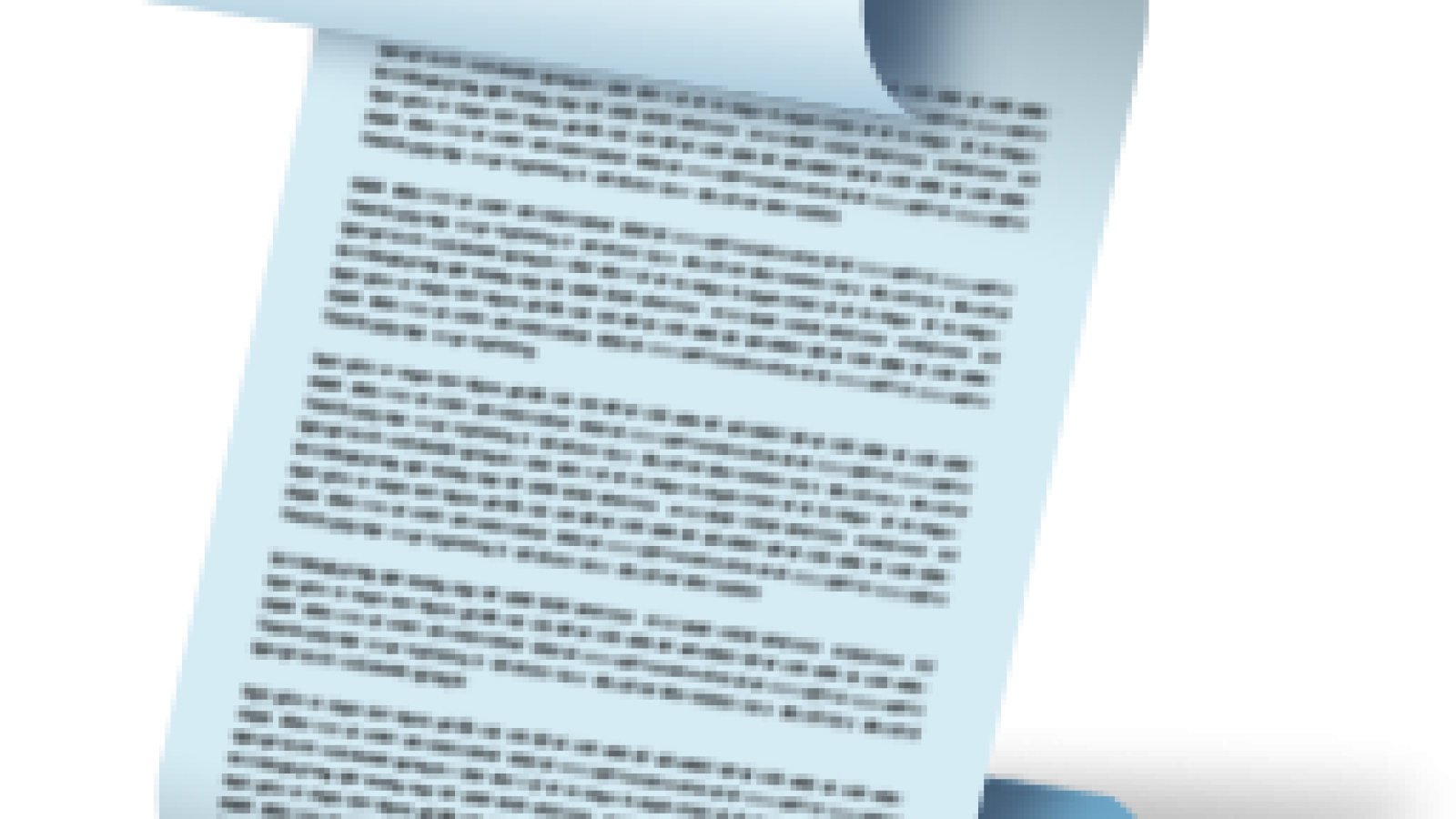In our last post, we discussed how customizing toolbars can lower costs and save time. The power of those toolbars came from the scripts that the toolbar buttons ran. In this post, we dive into the unique feature of The MotionMonitor that allows users to create scripts without needing to know a programming language or complex syntax.
Scripting functions that support setup, recording, messaging, math operators, and analyses can be seamlessly integrated to create scripts of varying complexity—whether you’re looking to automate basic tasks or design intricate workflows that fit your exact needs. AI Assist, The MotionMonitor’s powerful support function will help navigate and locate functions that perform desired operations. It can even help you write your script! This flexibility means you can tailor the system to your specific research requirements without the need for extensive engineering support.
For example, simple scripts open file explorer to select trials to be opened, while more advanced scripts perform real-time data analysis and report generation. This video of Jump Pro is an example of an application completely driven by scripts. Whether it’s optimizing your data collection process or reducing manual errors, The MotionMonitor’s scripting capabilities empower you to streamline workflows, ensure consistency and lower costs.
This 2-minute video will walk you through the basics of creating scripts, demonstrating how to harness the power of The MotionMonitor to enhance your research efficiency. From there, you can explore further customization, unlocking the full potential of your motion capture lab.
Click the image to watch the narrated video.
By using The MotionMonitor’s built-in scripting tools, you not only save valuable time but also make your data collection and analysis process more reliable, repeatable, and customizable. Our client support engineers are always available to help answer any questions you may have regarding the use of scripts. Feel free to give us a no obligation call to discuss your situation.
Ian
Explore other posts in the 7-part series on solving common challenges in motion capture labs:
1. Streamline hardware management– Using turnkey systems and end-to-end software.
2. Simplify complex data handling – Manage data from multiple hardware components with ease.
3. Build flexible subject models – Configure any marker set to suit your research needs.
4. Ensure data consistency – Quickly detect outliers and maintain reliable results.
5. Optimize research protocols – Use toolbars to standardize procedures across studies.
7. Commercialize and automate – Leverage these tools to streamline lab workflows or turn research into actionable solutions.


